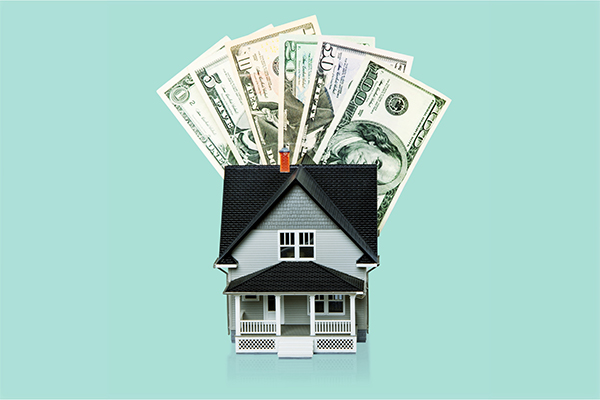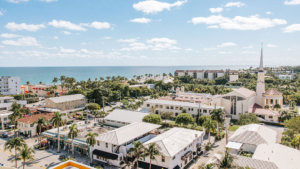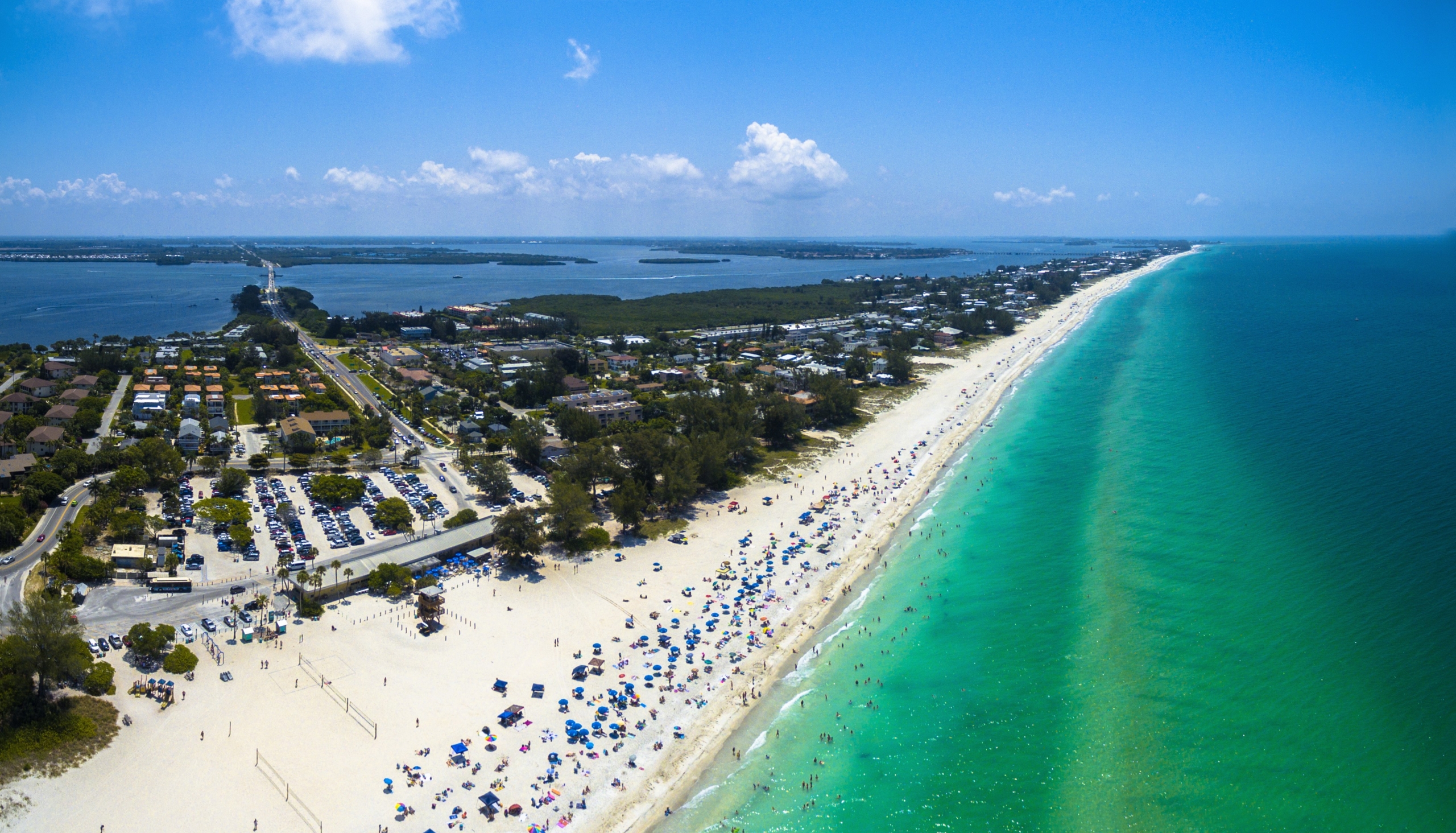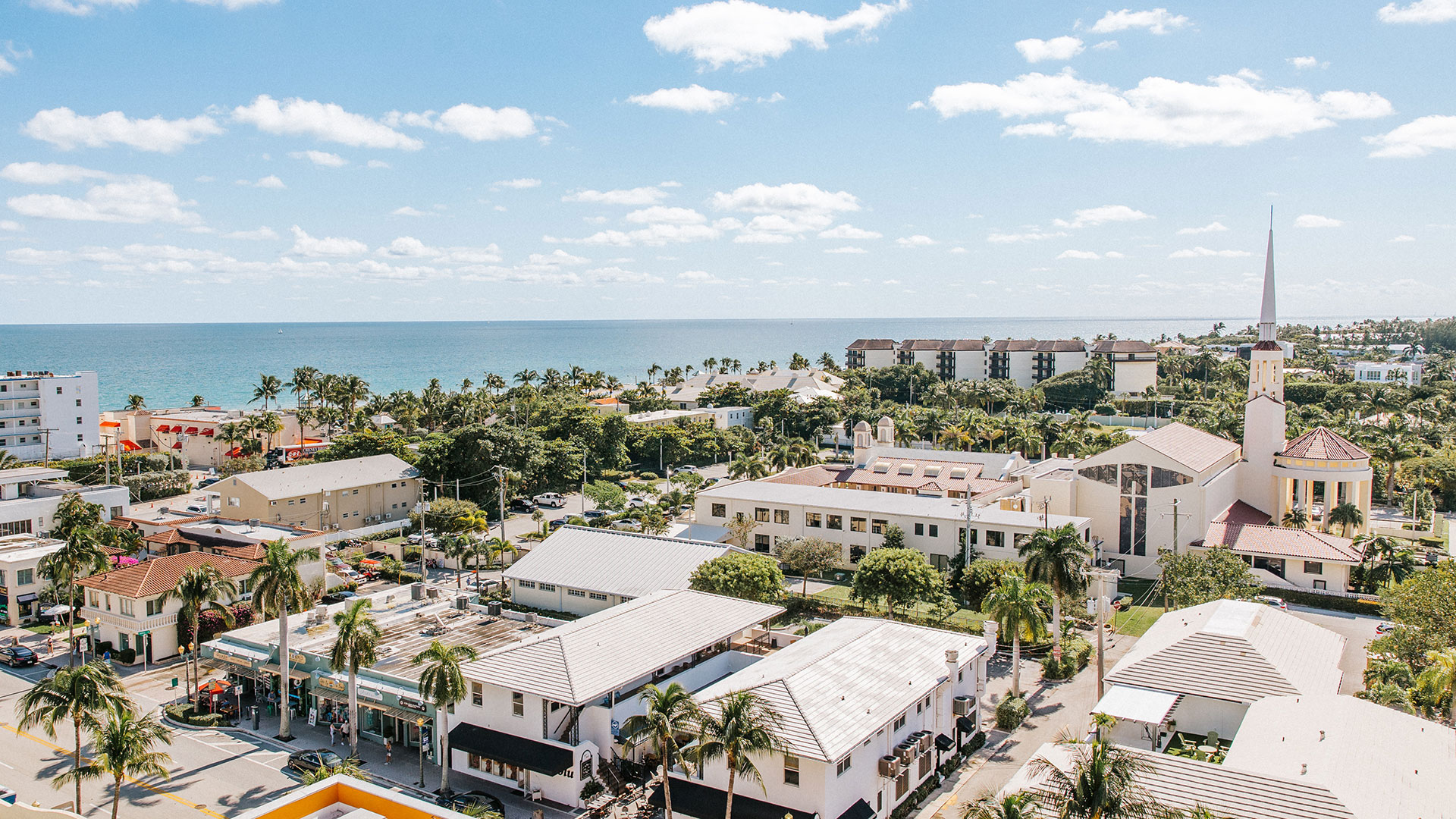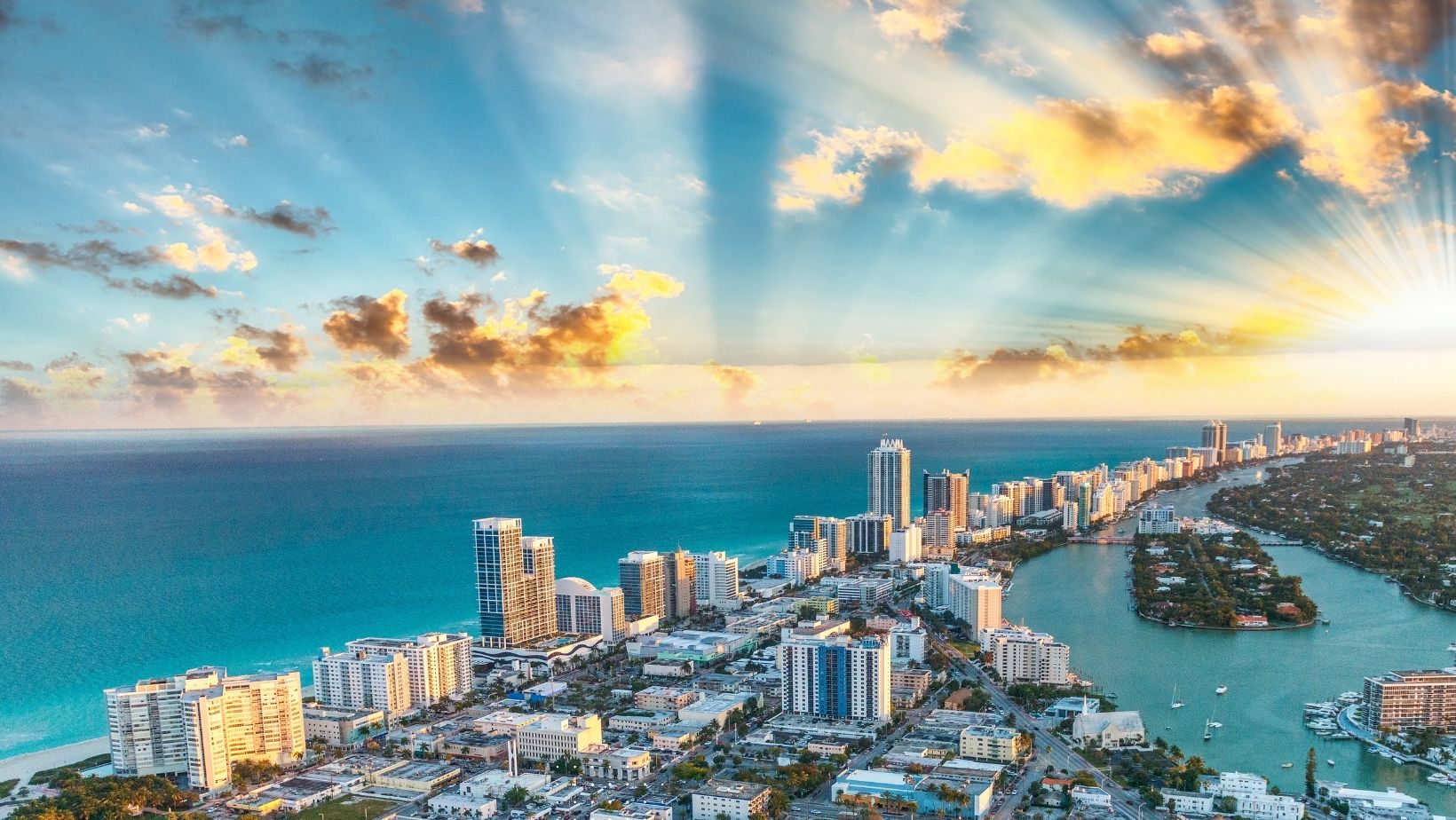America's Wealth Divide: The 1% Could Purchase Nearly Every US Home
In a striking illustration of America's growing wealth disparity, recent analysis reveals that the combined fortune of the nation's wealthiest 1% has reached an unprecedented $49.2 trillion—almost matching the $49.7 trillion total value of nearly 100 million American homes. This remarkable milestone highlights the accelerating concentration of wealth in the United States and raises profound questions about the sustainability of such economic imbalance.
The Stark Contrast Between Housing Wealth and the Ultra-Rich
The richest 1% of Americans—approximately 1.3 million households with a minimum net worth of $11.2 million—now control wealth nearly equivalent to the cumulative value of America's entire housing stock. This represents a significant shift in wealth distribution patterns observed over the past two decades.
"It is a striking example of the concentration of wealth in America that the top 1% could hypothetically afford to buy every home in the country—without incurring debt—while millions of households struggle to buy or hold onto just one," notes economist Chen Zhao. "Asset growth, including real estate, has consistently outpaced wage growth in recent decades, widening the gap between the top and bottom wealth brackets."
While historically, aggregate home values exceeded the net worth of the top 1% during the 2000s, this pattern reversed after the 2008 housing crash and financial crisis. The brief market disruption at the pandemic's onset temporarily impacted the ultra-wealthy, whose assets are more closely tied to stock market performance, but their fortunes quickly rebounded as markets recovered.
Real Estate's Role in Wealth Distribution
The analysis reveals significant disparities in how real estate factors into the wealth portfolios across different economic tiers:
| Wealth Percentile | Real Estate as % of Net Worth | Total Real Estate Value | Mortgage Debt |
| Top 1% | 12.3% | $6.5 trillion | $411.5 billion |
| 90-99th percentile | 19.8% | $14.7 trillion | $3.2 trillion |
| 50-90th percentile | 32.2% | $22.2 trillion | $6.6 trillion |
| Bottom 50% | 46.4% | $4.9 trillion | $3.1 trillion |
These figures illuminate how lower wealth brackets depend heavily on real estate as their primary asset. While housing represents nearly half (46.4%) of the bottom 50%'s net worth, it constitutes just 12.3% of the top 1%'s wealth portfolio. The ultra-wealthy have diversified their assets significantly, with the majority tied to financial instruments that have appreciated as rapidly—or even faster—than real estate.
The debt burden further highlights this disparity. The bottom 50% of Americans hold $3.1 trillion in mortgage debt against $4.9 trillion in real estate value. In contrast, the top 1% maintain just $411.5 billion in mortgage debt against $6.5 trillion in property assets, illustrating their ability to purchase homes predominantly with cash and avoid interest payments while watching these investments appreciate.
The Exclusive 0.1%: An Even More Concentrated Wealth Picture
Even among the wealthiest Americans, economic stratification remains pronounced. The ultra-elite 0.1%—comprising just 134,000 households with a minimum net worth of $46.3 million each—control a combined $22.1 trillion in assets. To put this figure in perspective, it would be sufficient to purchase every home in America's 25 most populous metropolitan areas combined.
The growth rate of this wealth is equally remarkable. Over the past two years alone, the net worth of the top 0.1% has increased by $4.4 trillion (24.9%)—a sum greater than the entire combined net worth of the bottom 50% of Americans. This growth occurred at nearly three times the rate experienced by the bottom half of the population, whose collective net worth increased by just $306.3 billion (8.5%) during the same period.
Among the most valuable housing markets that could theoretically be purchased with the wealth of the top 0.1%:
- New York metro: $2.43 trillion (2.3 million homes)
- Los Angeles metro: $2.18 trillion (2.1 million homes)
- Chicago metro: $1.07 trillion (2.3 million homes)
- Atlanta metro: $1.29 trillion (2.6 million homes)
The Implications of Extreme Wealth Concentration
The near parity between the top 1%'s wealth and the value of America's entire housing stock represents more than a statistical curiosity—it signals fundamental changes in economic opportunity and mobility. When such a small fraction of the population controls assets equivalent to the primary wealth-building vehicle for most Americans, traditional pathways to financial security become increasingly challenging to navigate.
Housing has historically served as the cornerstone of middle-class wealth building. However, as property values continue rising faster than wages, and as wealthy investors increase their stake in residential real estate, homeownership becomes increasingly inaccessible for many Americans. This dynamic threatens to further entrench wealth disparities across generations.
Economists point to several factors driving this concentration, including preferential tax treatment for investment income, decreased corporate tax rates, weakened labor protections, and monetary policies that have disproportionately benefited asset holders over wage earners. The resulting imbalance raises questions about economic sustainability and social cohesion in a nation where the wealth of the few increasingly dominates the landscape.
Insights: Understanding America's Wealth Distribution
How many households comprise America's top 1%, and what's their minimum net worth?
The top 1% consists of approximately 1.3 million American households, each with a minimum net worth of $11.2 million according to Federal Reserve data.
Why does real estate make up a smaller percentage of wealthy Americans' portfolios compared to average Americans?
The wealthy have greater access to diverse investment vehicles including stocks, bonds, private equity, and other financial instruments. These assets often appreciate faster than real estate and don't require the same level of active management. Meanwhile, middle and lower-income Americans typically build wealth primarily through homeownership, making real estate their dominant asset class.
Could the top 1% actually purchase every home in America?
While the numbers suggest this is theoretically possible, such a scenario is purely hypothetical. The comparison serves to illustrate the magnitude of wealth concentration rather than represent a realistic scenario. Any attempt to purchase such a large portion of the housing market would dramatically alter pricing dynamics.
How has the wealth gap changed since the pandemic?
The wealth gap has accelerated significantly since the pandemic. While the bottom 50% saw their collective net worth grow by 8.5% over the past two years, the top 0.1% experienced nearly triple that growth rate at 24.9%. This divergence reflects how economic recoveries often benefit asset owners more substantially than wage earners.
What factors contribute most to the growing wealth inequality in America?
Multiple factors drive wealth concentration, including: preferential tax treatment for investment income compared to wages; declining progressive taxation; monetary policies that boost asset values; decreased inheritance taxes enabling generational wealth transfer; automation and globalization affecting labor markets; and declining union membership reducing wage growth for workers.

